Making A Quince Hedge – How To Grow A Quince Fruit Tree Hedge
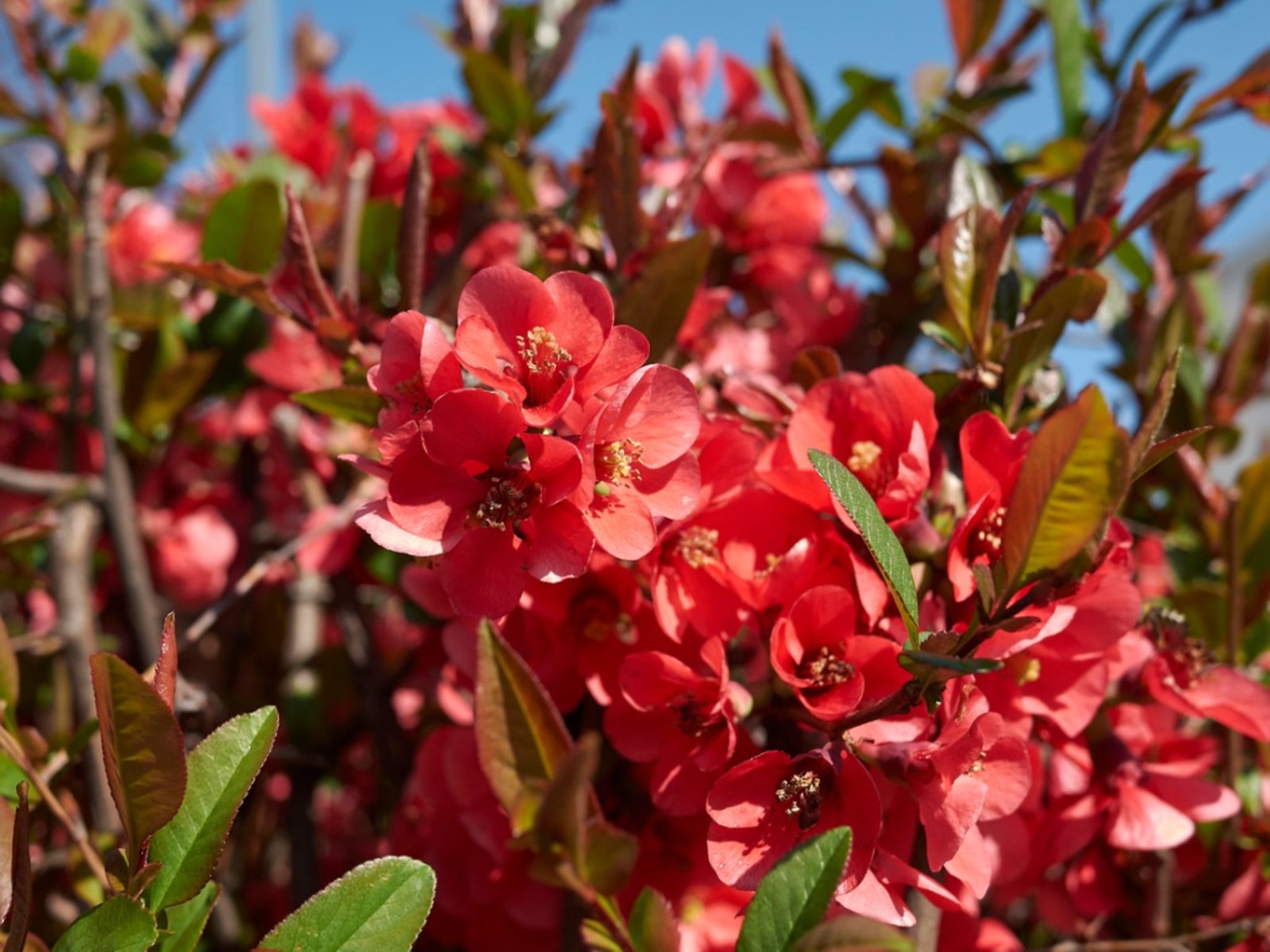
Quince comes in two forms, the flowering quince (Chaenomeles speciosa), a shrub with early blooming, showy flowers and the small fruiting quince tree (Cydonia oblonga). There are a number of reasons to include either in the landscape, but do quince trees make good hedges, in particular, the fruiting type? If so, how do you grow a quince fruit tree hedge? Read on to find out about making and growing a fruiting quince hedge.
Do Quince Trees Make Good Hedges?
Flowering quince is spectacular for a few weeks in late winter to early spring, but a single specimen may seem little more than a tangle of thorny branches. A hedge of quince trees as a mass planting will be even more spectacular early in the season when still yearning for flowers and growing plants. A hedge of flowering or fruiting quince trees makes a perfect screening or security barrier with its spreading form and spiny branches (flowering type). Plus, quince is easy to care for, adaptable, and hardy in USDA zones 4 through 9.
How to Grow a Quince Tree Fruit Hedge
Growing a fruiting quince tree hedge requires very little effort or care. Quince is a nearly indestructible, deciduous shrub or tree that grows to 5 to 10 feet (1.5-3 m.) in height and width. It will grow in almost any soil provided it has good drainage and is not overly fertile. Quince tolerates many types of soil with a pH of anywhere from slightly alkaline to acidic. It is very tolerant to no bearing on flowering or fruit set. Quince can be grown in full sun to partial shade and once established, is quite drought tolerant. The lovely early blooming flowers are followed by yellow edible fruit. Yes, if you were wondering, the fruit of flowering quince is also edible, just smaller, harder, and tarter than those of fruiting quince trees. When making a quince hedge, you can stick with the same cultivar or mix it up. The intoxicating aroma of the fruit as it ripens indoors smells heavenly. The fruit itself is nutrient rich: full of vitamin C (more than in a lemon!) along with the elements potassium, magnesium, iron, copper, zinc, sodium, calcium, and rich in fruit acids. Some quince aficionados swear by jump starting their day with a puree of quince run through a sieve and then sweetened with honey and diluted to taste. Doesn’t sound like a bad way to start the day at all.
Gardening tips, videos, info and more delivered right to your inbox!
Sign up for the Gardening Know How newsletter today and receive a free copy of our e-book "How to Grow Delicious Tomatoes".

Amy Grant has been gardening for 30 years and writing for 15. A professional chef and caterer, Amy's area of expertise is culinary gardening.
-
 Looking For Plants To Give You The Soft And Fuzzies? Try These 5 Fuzzy Leaf Plant Options
Looking For Plants To Give You The Soft And Fuzzies? Try These 5 Fuzzy Leaf Plant OptionsLovers of texture, drama, silver foliage and tactile plants will adore these special sensory garden additions. These fuzzy leaf plant options will leave you all aglow
By Susan Albert
-
 Get Ready For A Summer Of Hummers! Grow These Full Sun Hummingbird Plants and Flowers
Get Ready For A Summer Of Hummers! Grow These Full Sun Hummingbird Plants and FlowersIf you’re lucky enough to enjoy a sunny backyard, make sure you are maxing out on your pollinator opportunities and grow these full sun hummingbird plants and flowers
By Tonya Barnett
-
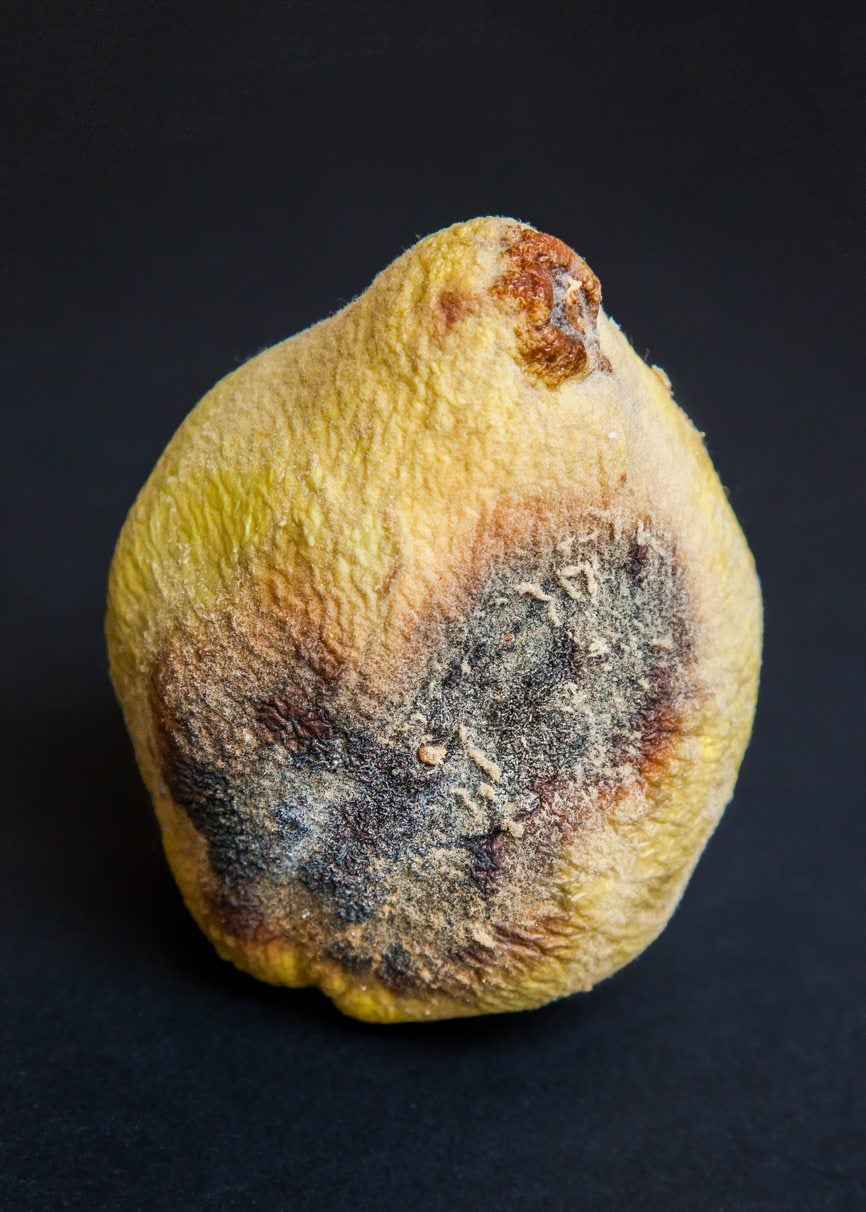 Quince Tree Illness: How To Treat Quince Tree Diseases
Quince Tree Illness: How To Treat Quince Tree DiseasesQuince trees are once again favorites in the orchard, but these tough, hardy plants aren't without any health worries. Learn about the most common pathogens that can affect them and how to treat your sick quince when they occur in this article.
By Kristi Waterworth
-
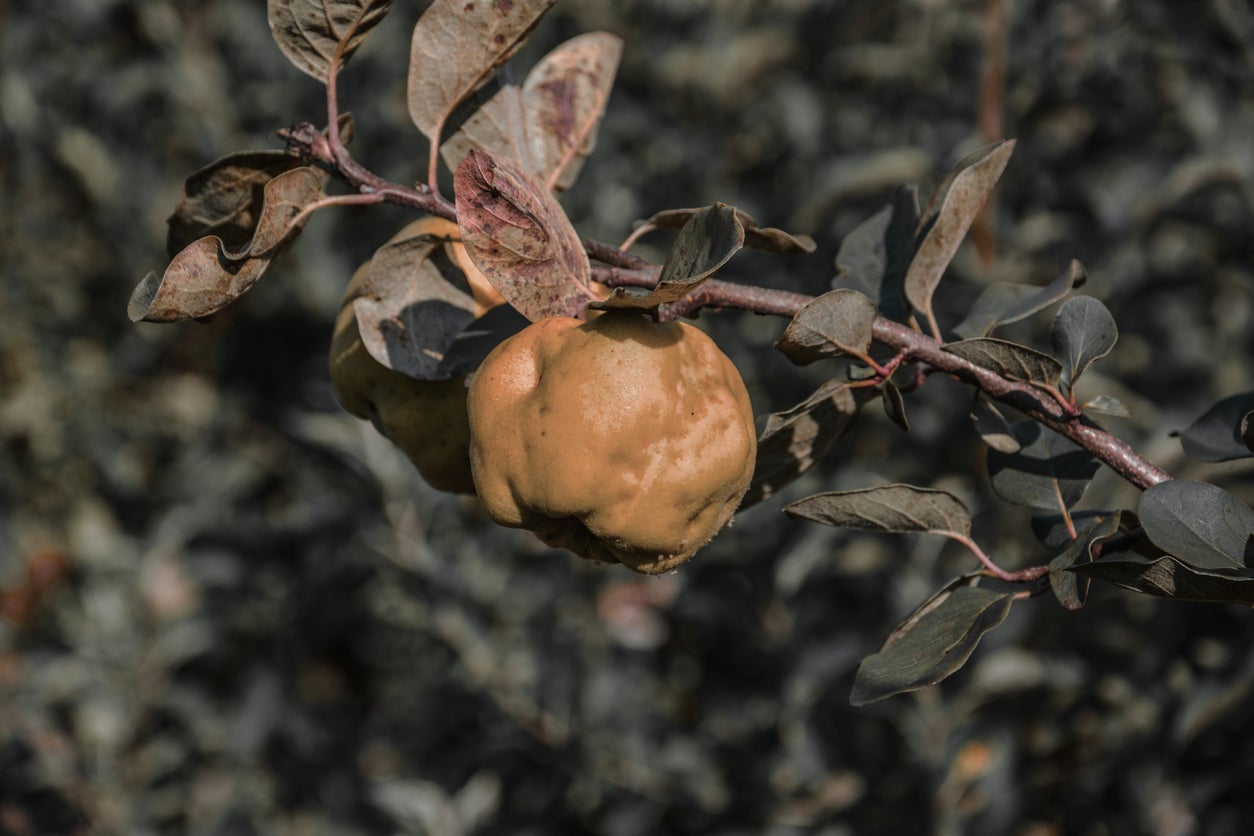 Common Pests Of Quince Trees – Tips On Treating Quince Tree Pests
Common Pests Of Quince Trees – Tips On Treating Quince Tree PestsQuince can make a great addition to any orchard or works as a standalone landscape plant, too. But there's more to caring for a quince than just planting it and wishing it luck. Read about common quince pests and how to eliminate them in this informative article!
By Kristi Waterworth
-
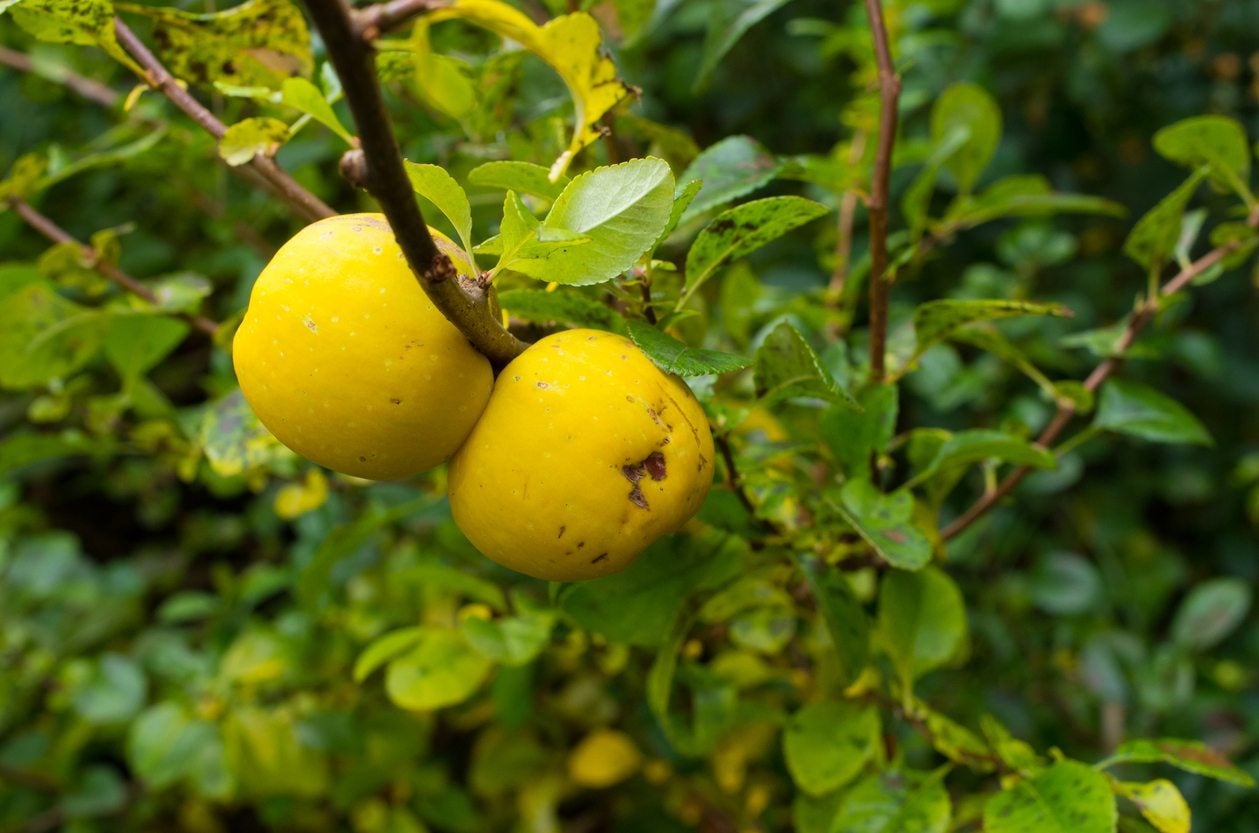 No Fruit On A Quince Tree – Why Is Quince Fruit Not Forming
No Fruit On A Quince Tree – Why Is Quince Fruit Not FormingThere's nothing more frustrating than a fruit tree that's not fruiting. Have you questioned, "Why won't my quince tree fruit? Why is quince fruit not forming?" Well, wonder why no longer. Click here to learn more about why there is no fruit on a quince tree.
By Shelley Pierce
-
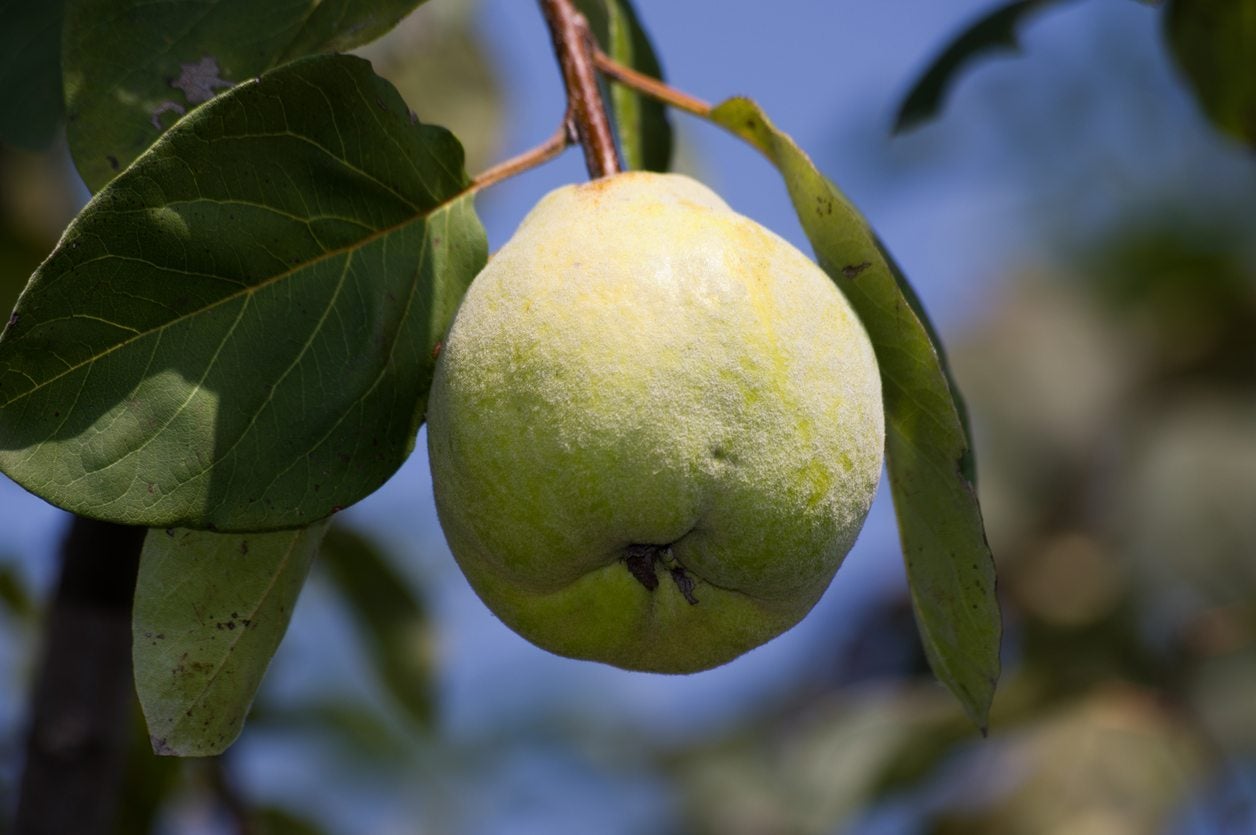 How To Grow Quince In Containers – Tips For Growing Quince In A Pot
How To Grow Quince In Containers – Tips For Growing Quince In A PotFruiting quince is a fascinating, little grown tree that deserves more recognition. If you're short on space and feeling ambitious, you can try your hand at growing this tree in a container. Click this article to learn more about growing quince in a container.
By Liz Baessler
-
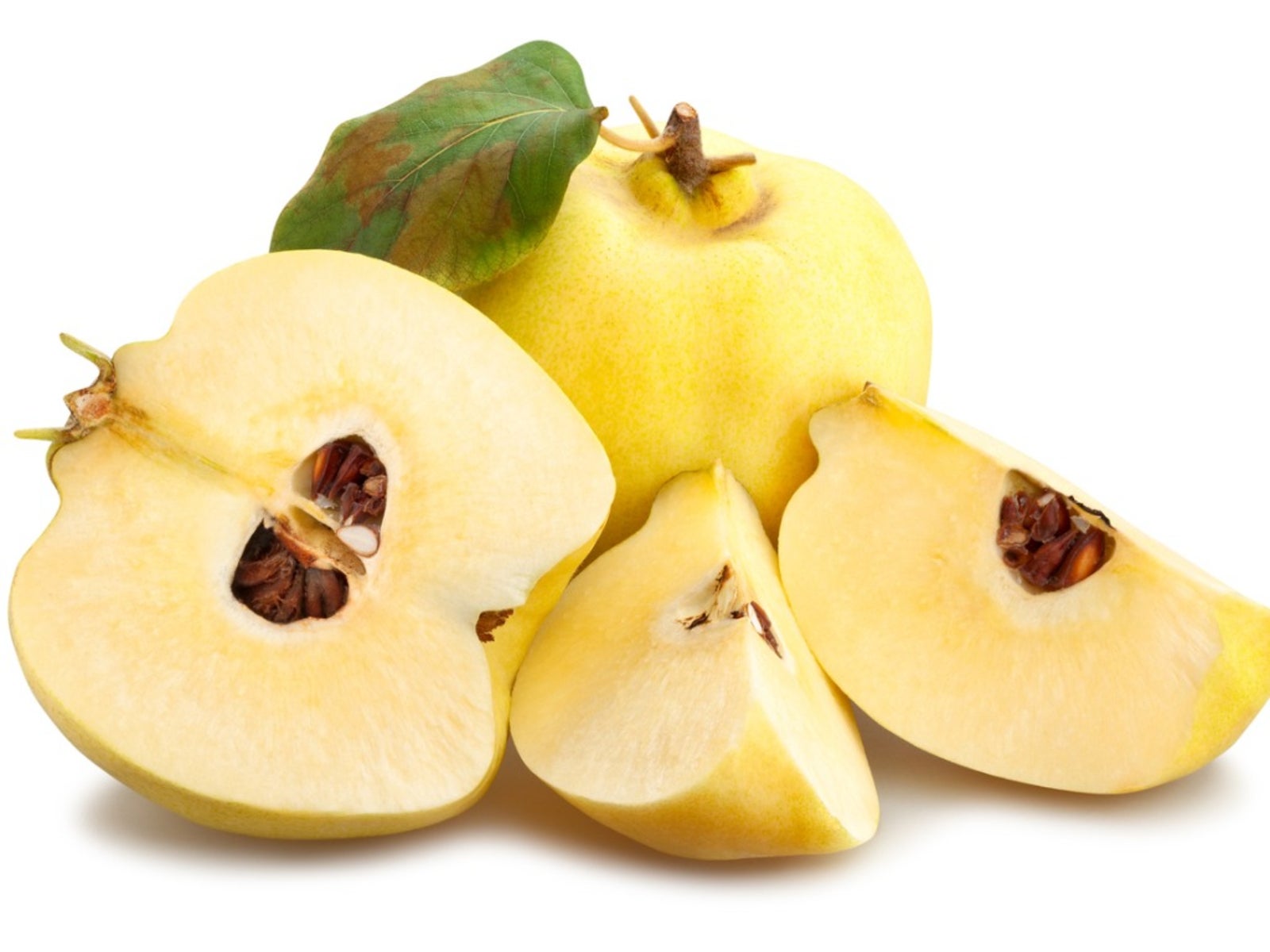 Quince Tree Propagation: How To Propagate Fruiting Quince Trees
Quince Tree Propagation: How To Propagate Fruiting Quince TreesQuince is a seldom grown but much loved fruit that deserves more attention. If you're interested in growing a quince tree, you're in for a treat. Click the following article to learn more about quince tree reproduction and how to propagate fruiting quince.
By Liz Baessler
-
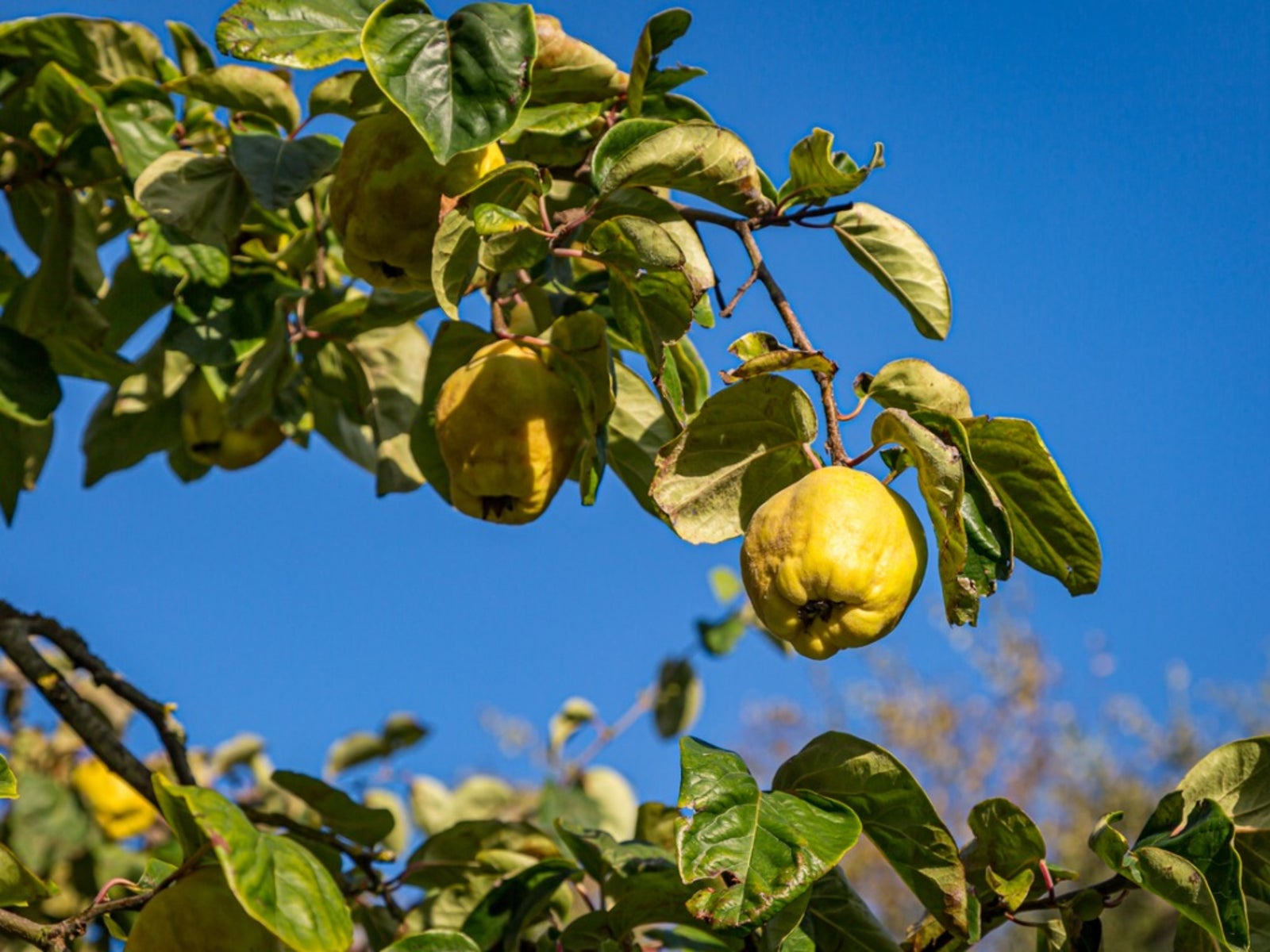 Moving A Quince Tree: Learn How To Transplant A Quince Tree
Moving A Quince Tree: Learn How To Transplant A Quince TreeTransplanting a quince that you just brought home from the nursery is not hard, but can you move a quince that's been in the ground for years? Click on the following article for all the information you need on how to transplant a quince.
By Teo Spengler
-
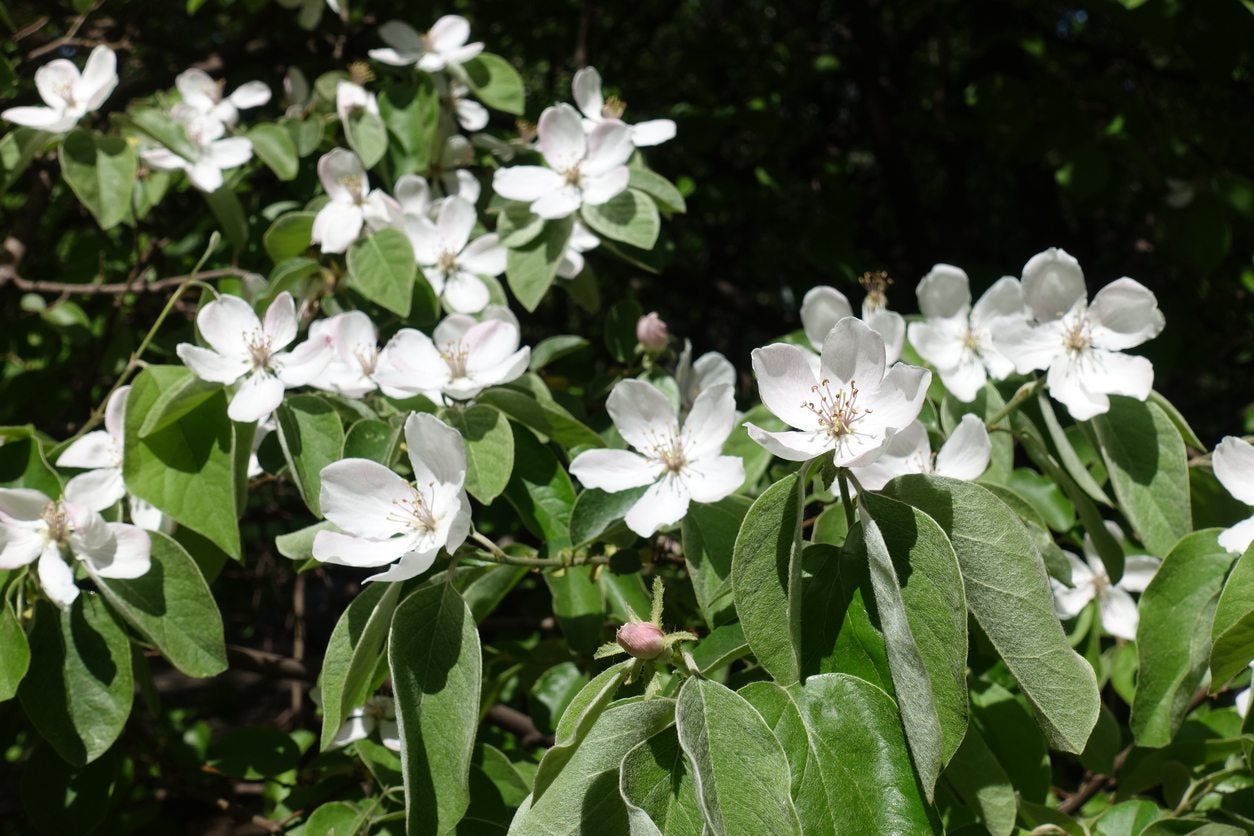 Flower Drop In Quince: Why Is Quince Tree Dropping Flowers
Flower Drop In Quince: Why Is Quince Tree Dropping FlowersA quince tree covered with white and pink flowers in springtime is a lovely sight. When these flowers fall off before producing fruit (blossom drop), it?s certainly disappointing. Quince blossom drop may be due to several factors. Learn what those are here.
By Ilana Goldowitz Jimenez
-
 Pruning Quince Trees: Tips On Cutting Back Quince Fruit Trees
Pruning Quince Trees: Tips On Cutting Back Quince Fruit TreesCutting back quince fruit trees should be an annual event. Mark ?pruning quince trees? on your calendar and put it on your garden to do list. If you aren?t sure how to prune a quince, click here. We?ll give you tips on how and when to prune quince.
By Teo Spengler